It's bring your own devices, not bring one device
Inside the Enterprise: Device proliferation is both a challenge and an opportunity for IT departments.
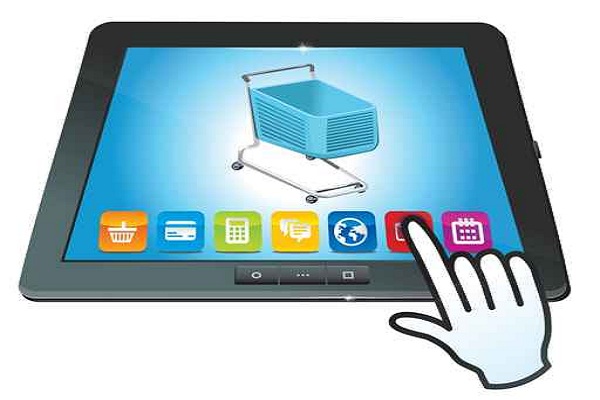
IT teams looking to manage the personal devices used in their business might have a tough time over the next few weeks.
Microsoft has just announced the pre-order pricing for its Windows RT Surface tablet, and Apple is expected to be unveiling a smaller, 7in version of the iPad next week.
It is inevitable that staff members from the most junior recruit to the managing director will want to bring these gadgets into the workplace. The trend is less about "bring your own device", and seems to be moving towards bringing multiple devices to work, and expecting to use them.
It is not just the number of devices employees own, but also their diversity that might cause a challenge for IT.
As Dan Levin, chief operating officer of cloud file sharing company Box, told the recent Structure: Europe conference, what people want is a consistent user experience.
"I have seven devices I use regularly to do my job. And I run four different operating systems," he said. "But I want applications and content to be provisioned transparently across those devices".
Levin could be classified as a super user, and his company is developing services that work across multiple platforms. But non-technology businesses are also seeing an upswing in the number of devices people want to use at work and, are often, willing to buy for themselves.
Sign up today and you will receive a free copy of our Future Focus 2025 report - the leading guidance on AI, cybersecurity and other IT challenges as per 700+ senior executives
This has resulted in the proliferation of both personally-purchased and business-purchased devices in the enterprise.
This is not a new trend. Any IT manager with more than a few years' service will admit that it took time for people issued with company laptops to give up their desktop machines. Some have still not made the break.
But the real explosion is in the number of portable devices, and that can put its own form of pressure on company IT systems.
"It was the case that we had 1.2 devices per employee," said Harish Rao, CTO for global infrastructure services at IT consultants Capgemini. "But now it is 1.x. The problem is we don't know how big x is."
It is quite easy to pinpoint individual employees who have three or four devices now, including laptops, tablets and smartphones.
It is an open question as to whether Microsoft's new Surface machines will add to the numbers. Some companies might well prefer staff to use a Microsoft system, but most analysts doubt that this will cause employees to hand back their iPads, let alone leave them at home.
So IT teams could be tasked with supporting the Windows 8 devices alongside iOS, Android, and the full-sized desktop operating systems.
The problems this presents are only starting to be addressed. As well as data security and protection, companies need to consider how to disable lost or stolen devices and manage upgrades and application deployment.
Then they need to ensure consistency across devices, at least for the business applications they manage, and have opened up to BYOD.
As Box's Levin suggests, we are still some way from that point.
Stephen Pritchard is a contributing editor at IT Pro.
-
 Gender diversity improvements could be the key to tackling the UK's AI skills shortage
Gender diversity improvements could be the key to tackling the UK's AI skills shortageNews Encouraging more women to pursue tech careers could plug huge gaps in the AI workforce
-
 Researchers claim Salt Typhoon masterminds learned their trade at Cisco Network Academy
Researchers claim Salt Typhoon masterminds learned their trade at Cisco Network AcademyNews The Salt Typhoon hacker group has targeted telecoms operators and US National Guard networks in recent years
-
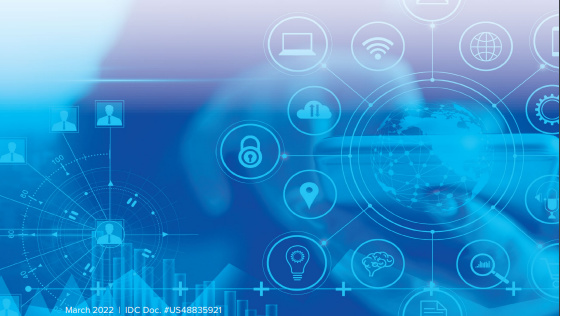 IDC: The business value of IBM Maximo
IDC: The business value of IBM MaximoWhitepaper Integral to the transformation of asset management
-
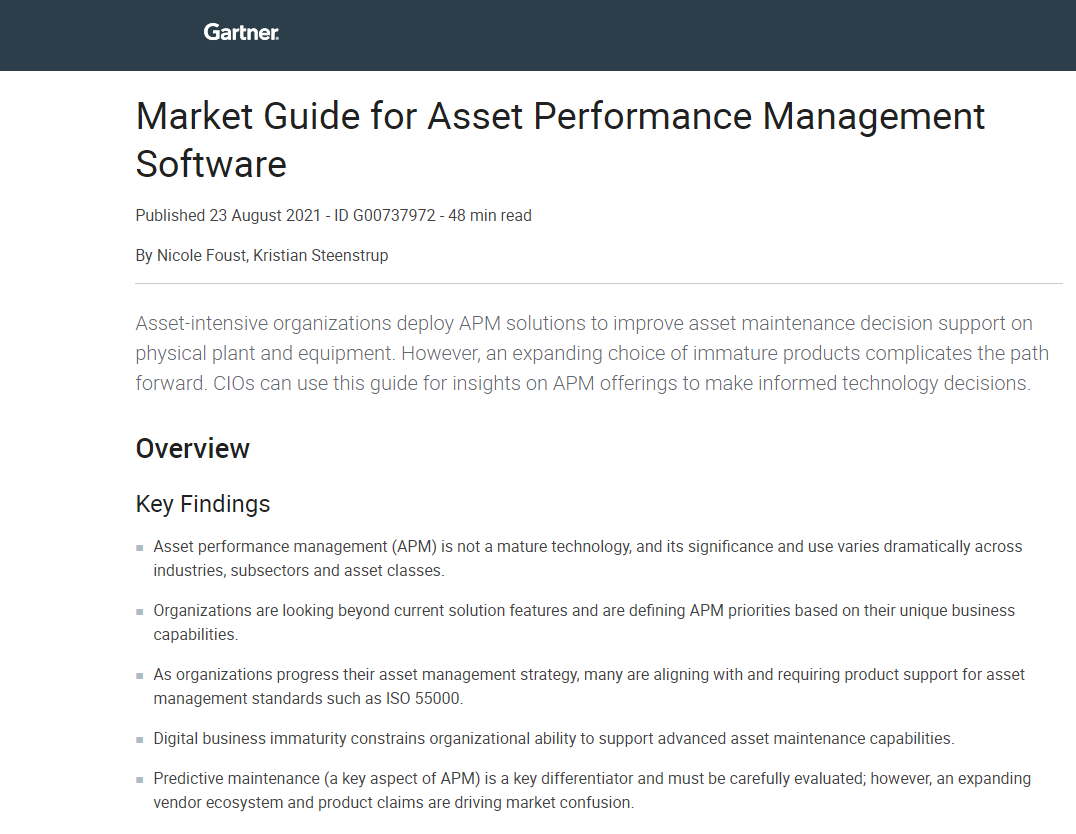 How to choose APM software for your business
How to choose APM software for your businessWhitepaper A market guide to Asset Management Performance software
-
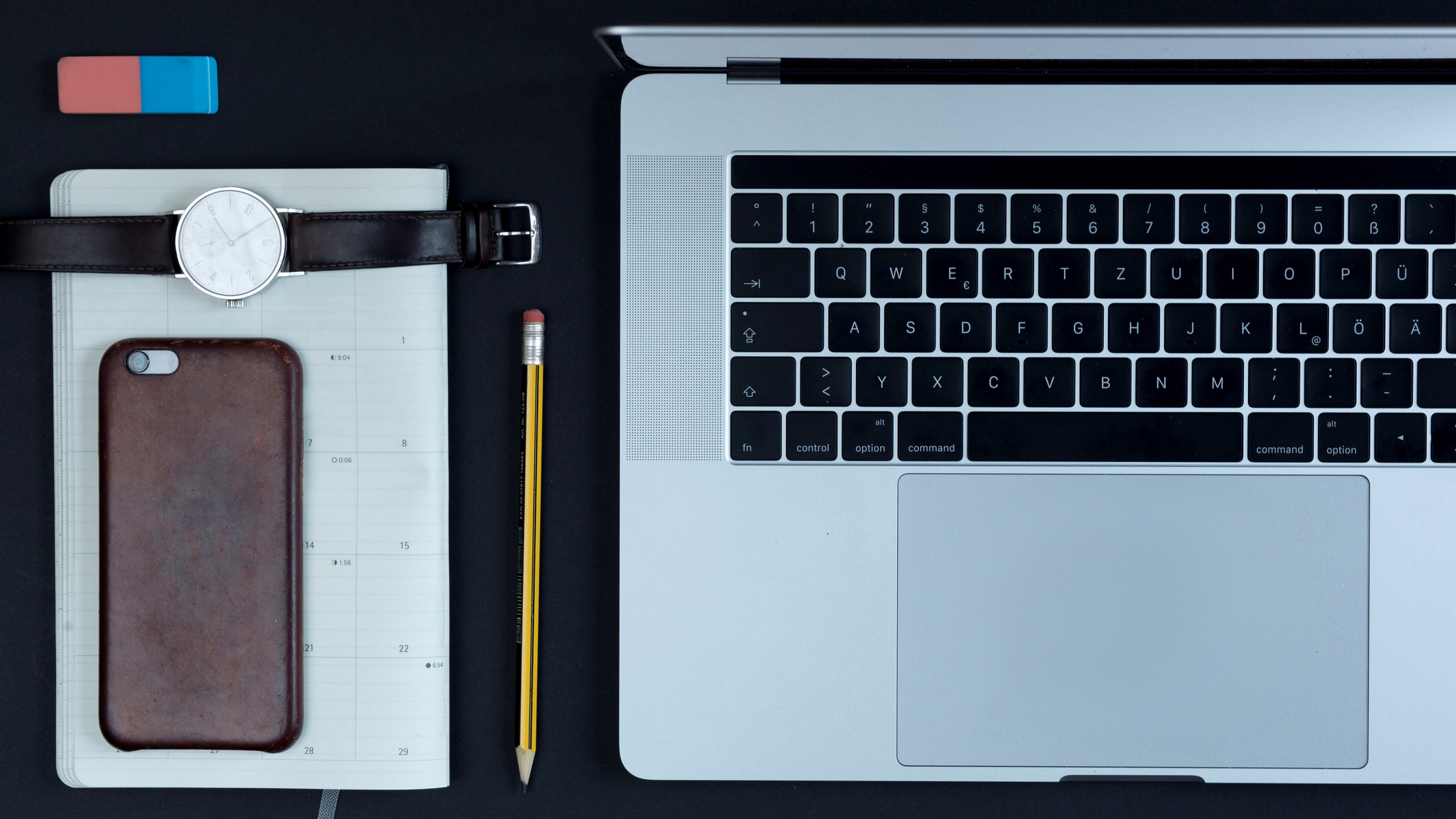 Rebooting your BYOD strategy
Rebooting your BYOD strategyIn-depth With hybrid working becoming the norm, there's a need for a device management overhaul. What does BYOD 2.0 look like?
-
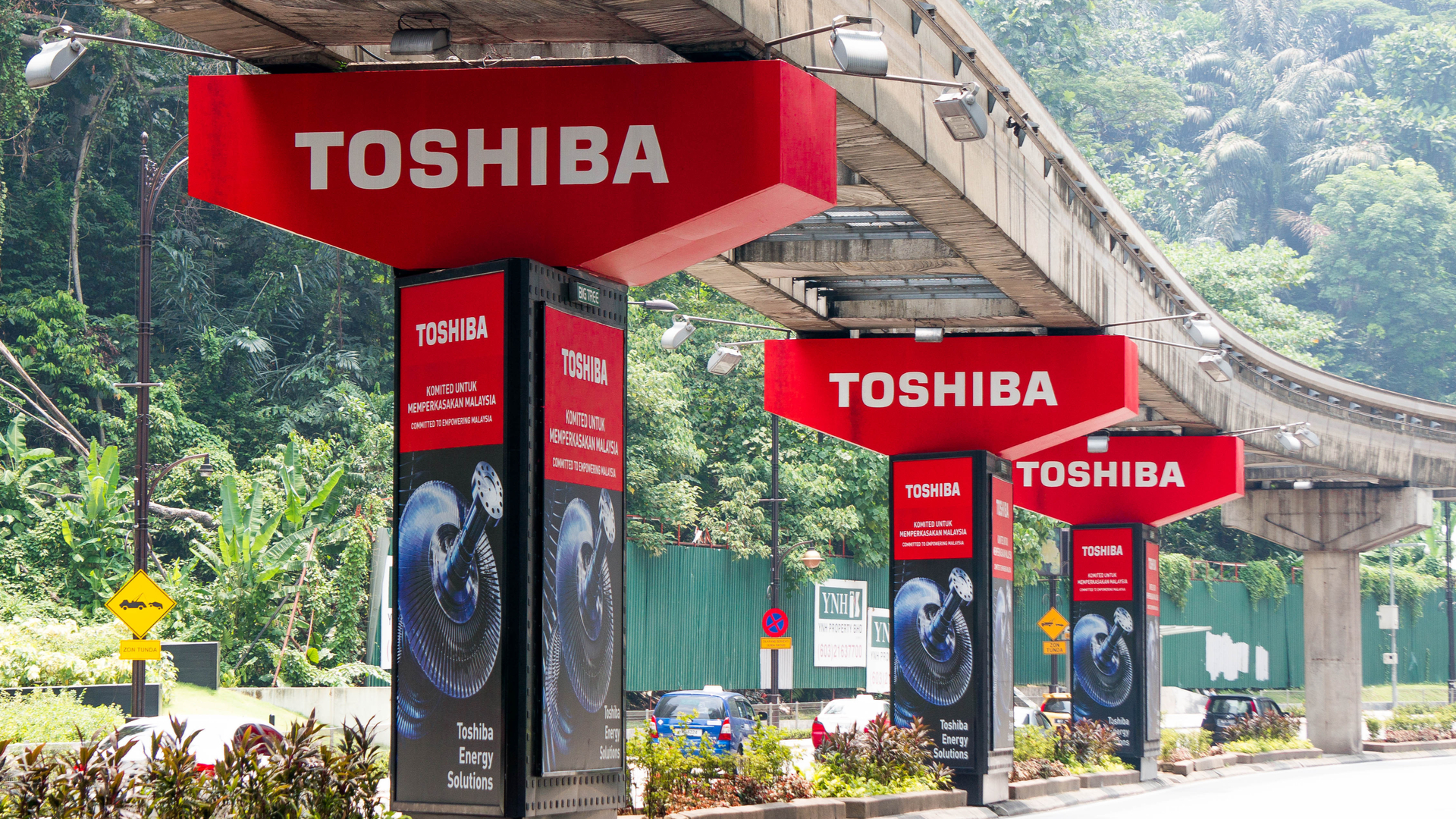 Scandal-hit Toshiba to split into three companies
Scandal-hit Toshiba to split into three companiesNews The troubled Japanese giant aims to create more value for investors with "attractive" business separation
-
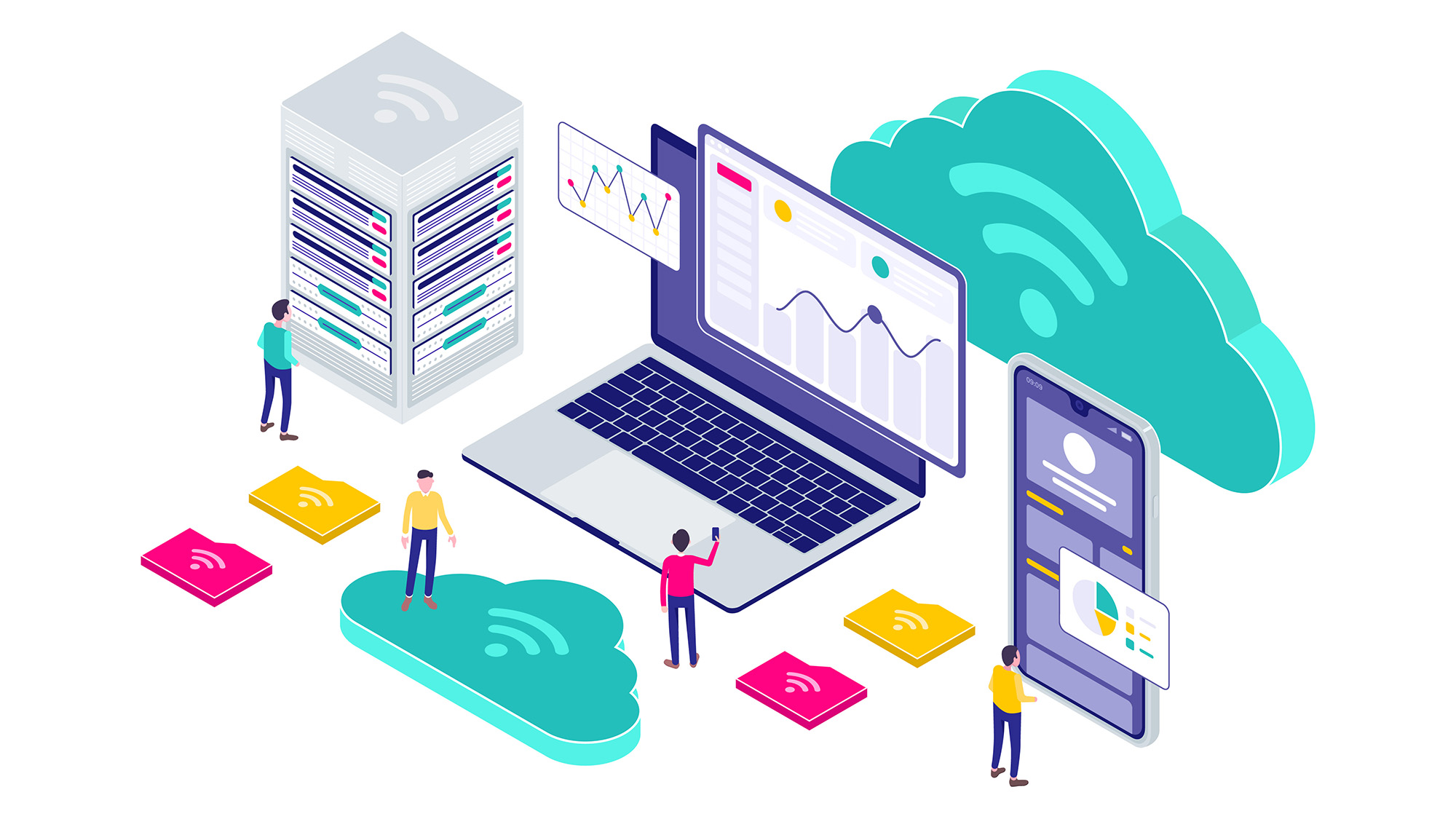 Tektronix updates its asset management software
Tektronix updates its asset management softwareNews CalWeb gains four new capabilities surrounding test and measurement equipment calibration
-
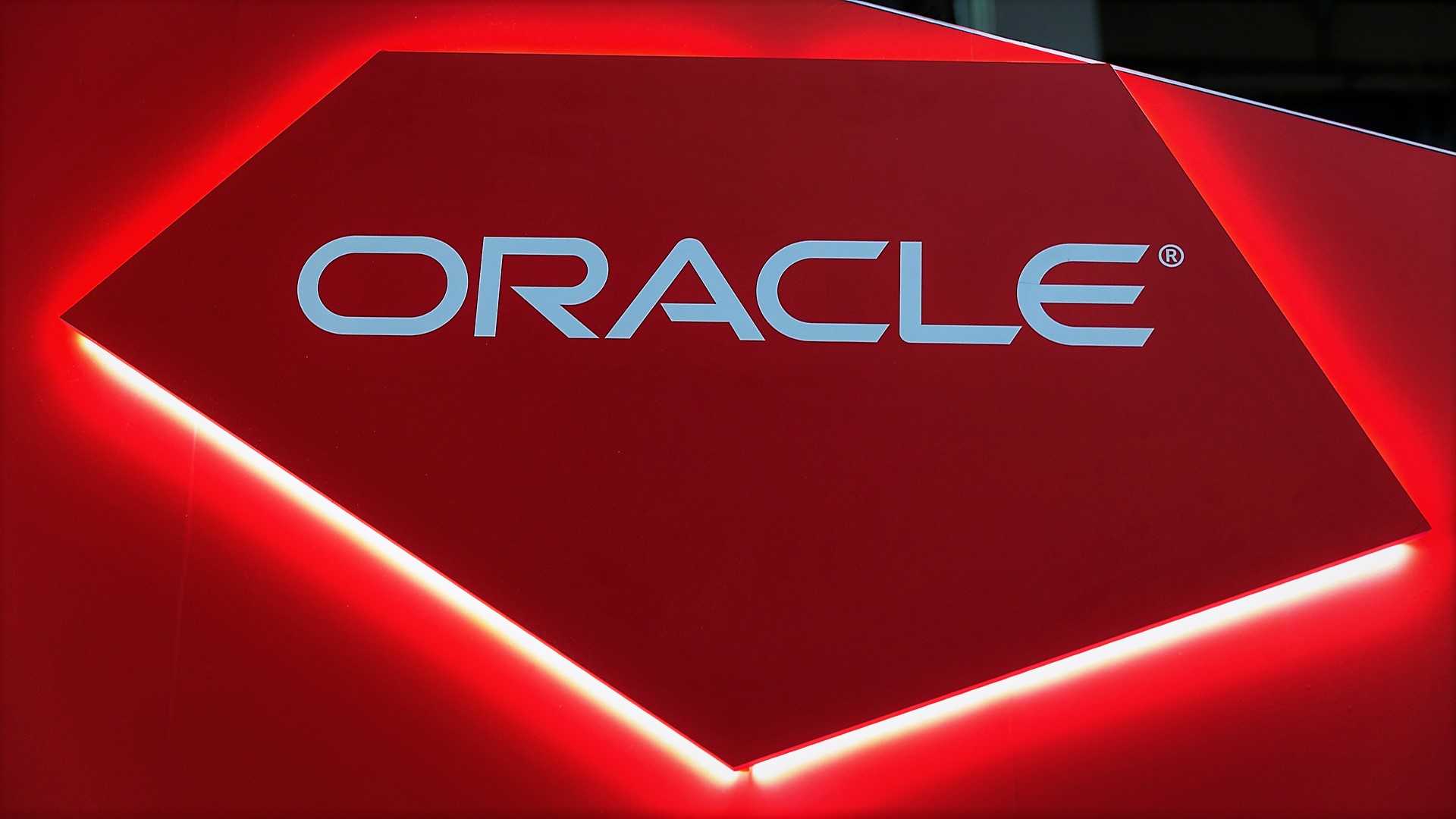 Oracle Utilities partners with Veracity and Triniti to streamline utilities’ digital transformation
Oracle Utilities partners with Veracity and Triniti to streamline utilities’ digital transformationNews The trio will join forces to enhance utilities’ critical infrastructure and processes
-
 The definitive guide to warehouse efficiency
The definitive guide to warehouse efficiencyWhitepaper Get your free guide to creating efficiencies in the warehouse
-
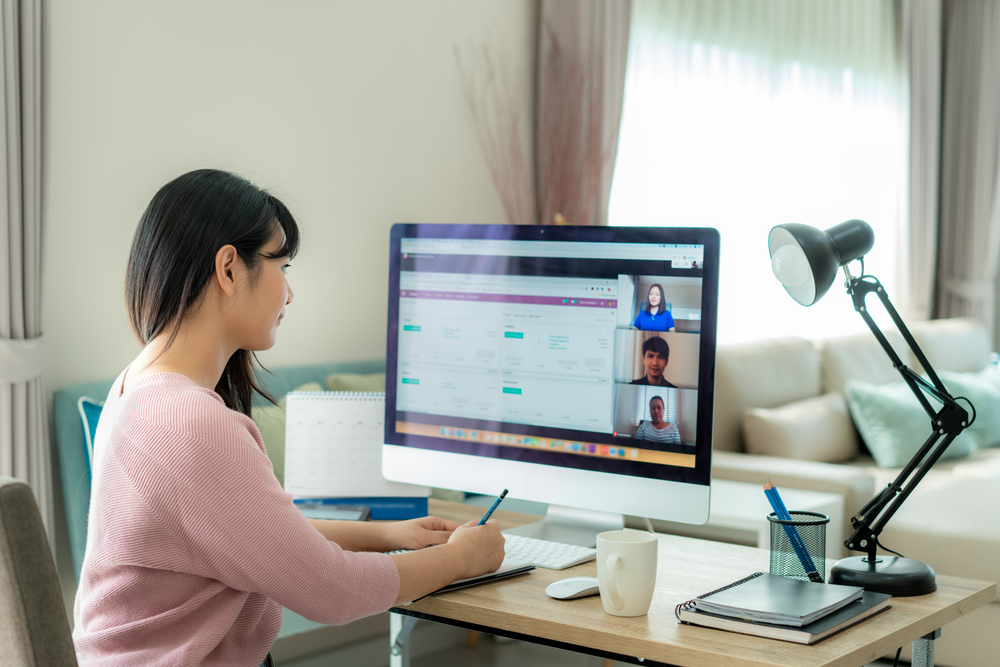 Atera raises $77 million for its all-in-one SaaS
Atera raises $77 million for its all-in-one SaaSNews RMM by Atera helps MSPs monitor and manage remote IT networks with ease